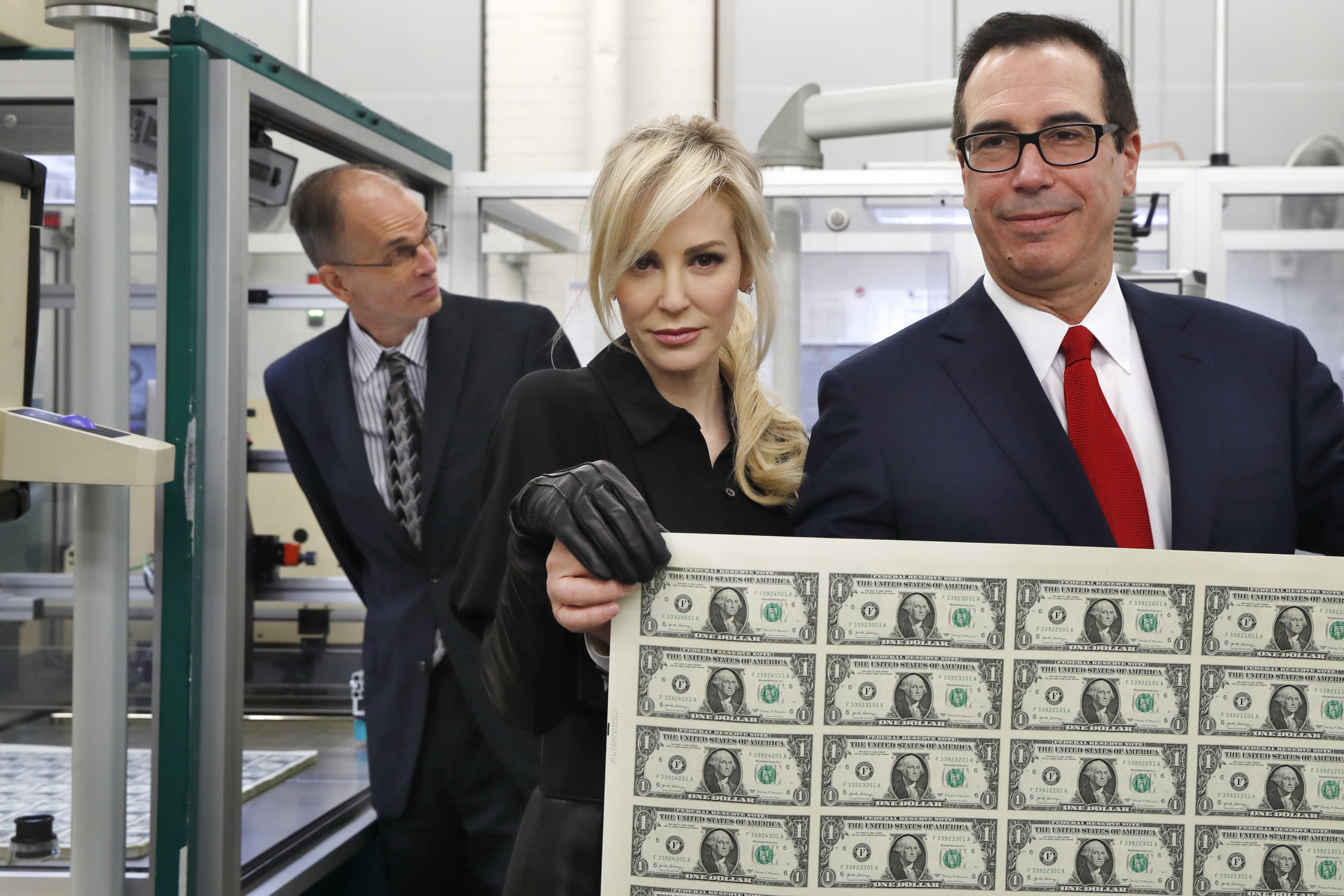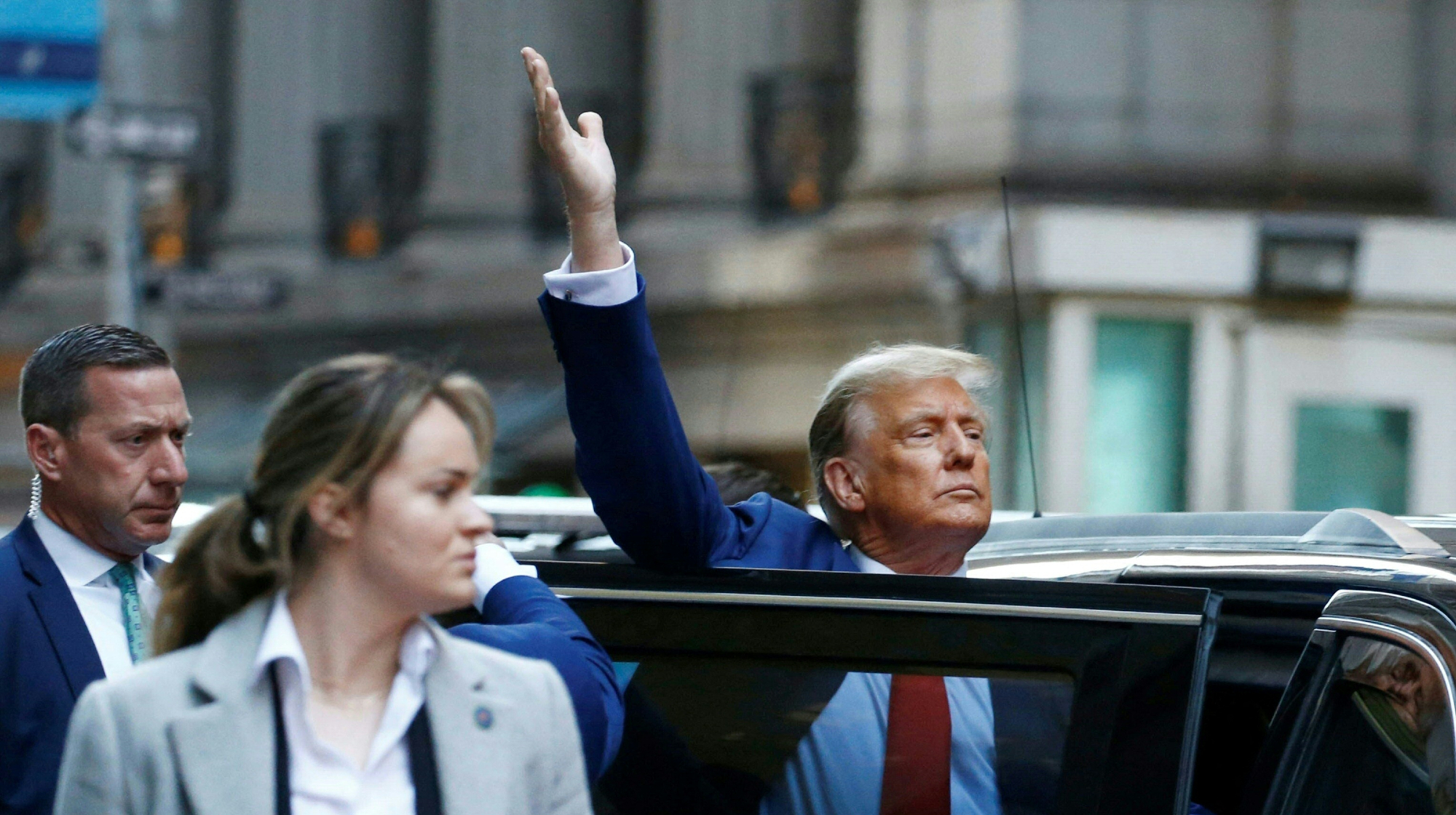Treasury: U.S. federal borrowing will nearly double this year, to almost $1 trillion, due to the 'fiscal outlook'


While most of Washington was fixated on the classified memo from House Intelligence Chairman Devin Nunes (R-Calif.) last week, the Treasury Department said that it expects to borrow $955 billion in fiscal 2018, an 84 percent jump over fiscal 2017. The Treasury Department mainly attributed this near-doubling of government borrowing to the "fiscal outlook," The Washington Post notes, but the Congressional Budget Office said last week that the tax overhaul Republicans passed in December will lower tax receipts by $10 billion to $15 billion a month this year. The tax law will add at least $1 trillion to the national debt over 10 years, congressional analysts forecast, and that accounts for economic growth.
"We're addicted to debt," says Marc Goldwein at the Committee for a Responsible Federal Budget, blaming both Republicans and Democrats for the problem. Treasury predicts the U.S. will borrow more than $1 trillion in 2019 and more than $1.1 trillion in 2020, and this year's $955 billion is already the biggest jump in borrowing, as a share of GDP, outside of a recession year since Ronald Reagan's presidency, former Treasury adviser Ernie Tedeschi tells the Post. The U.S. borrowed $1.79 billion in 2009, during the Great Recession, and $1.1 trillion in 2012, but borrowing has been significantly below $1 trillion since 2013.
President Trump and Congress have an expensive list of things they want to spend money on this year, but the uptick in borrowing may come with a cost. "Some of my Wall Street clients are starting to talk recession in 2019 because of these issues," Peter Davis, a former tax economist in Congress, tells the Post. "Fiscal policy is just out of control." But the tax overhaul is paying some dividends — just ask House Speaker Paul Ryan. Peter Weber
The Week
Escape your echo chamber. Get the facts behind the news, plus analysis from multiple perspectives.

Sign up for The Week's Free Newsletters
From our morning news briefing to a weekly Good News Newsletter, get the best of The Week delivered directly to your inbox.
From our morning news briefing to a weekly Good News Newsletter, get the best of The Week delivered directly to your inbox.
A free daily email with the biggest news stories of the day – and the best features from TheWeek.com
Peter has worked as a news and culture writer and editor at The Week since the site's launch in 2008. He covers politics, world affairs, religion and cultural currents. His journalism career began as a copy editor at a financial newswire and has included editorial positions at The New York Times Magazine, Facts on File, and Oregon State University.
-
 Antibiotic resistance: the hidden danger on Ukraine’s frontlines
Antibiotic resistance: the hidden danger on Ukraine’s frontlinesUnder The Radar Threat is spreading beyond war zones to the ‘doorstep’ of western Europe
-
 ‘Capitalism: A Global History’ by Sven Beckert and ‘American Canto’ by Olivia Nuzzi
‘Capitalism: A Global History’ by Sven Beckert and ‘American Canto’ by Olivia NuzziFeature A consummate history of capitalism and a memoir from the journalist who fell in love with RFK Jr.
-
 Who will the new limits on student loans affect?
Who will the new limits on student loans affect?The Explainer The Trump administration is imposing new limits for federal student loans starting on July 1, 2026
-
 Unemployment rate ticks up amid fall job losses
Unemployment rate ticks up amid fall job lossesSpeed Read Data released by the Commerce Department indicates ‘one of the weakest American labor markets in years’
-
 US mints final penny after 232-year run
US mints final penny after 232-year runSpeed Read Production of the one-cent coin has ended
-
 Warner Bros. explores sale amid Paramount bids
Warner Bros. explores sale amid Paramount bidsSpeed Read The media giant, home to HBO and DC Studios, has received interest from multiple buying parties
-
 Gold tops $4K per ounce, signaling financial unease
Gold tops $4K per ounce, signaling financial uneaseSpeed Read Investors are worried about President Donald Trump’s trade war
-
 Electronic Arts to go private in record $55B deal
Electronic Arts to go private in record $55B dealspeed read The video game giant is behind ‘The Sims’ and ‘Madden NFL’
-
 New York court tosses Trump's $500M fraud fine
New York court tosses Trump's $500M fraud fineSpeed Read A divided appeals court threw out a hefty penalty against President Trump for fraudulently inflating his wealth
-
 Trump said to seek government stake in Intel
Trump said to seek government stake in IntelSpeed Read The president and Intel CEO Lip-Bu Tan reportedly discussed the proposal at a recent meeting
-
 US to take 15% cut of AI chip sales to China
US to take 15% cut of AI chip sales to ChinaSpeed Read Nvidia and AMD will pay the Trump administration 15% of their revenue from selling artificial intelligence chips to China
